Originally established in 1908, St. Mary’s Mercy Hospital would see multiple additions and renovations over the years while it expanded to accommodate the city’s growing number of residents. But when the fortunes of Gary turned and the citizens fled, the hospital became economically superfluous; the reduced population base could not financially support operations.
The debt-ridden facility endured a slow and painful contraction before finally closing in 1995. Several attempts were made to reuse the building–including the moving of the city’s police department into the newest wing–but half of the complex was never re-appropriated and left vacant. Today, the remaining structures have deteriorated and are likely beyond repair.
When Gary was founded in 1906, the steel company did not initially plan for adequate medical facilities. In 1908, the Sisters of St. Francis founded what would later become known as St. Mary’s Mercy Hospital. The medical center would begin life as four crudely-equipped private residences connected via walkways. Initially, it would have just 20 beds.
As the town grew, the need for larger facilities quickly became apparent. In 1910 the Sisters of St. Francis decided to expand the hospital, and soon construction began on a five-story rectangular brick building on the corner of West 6th Avenue and Tyler Street (above). However by 1912 the Franciscan sisters would run out of funds, leaving the building unfinished and in search of another suitor.
In 1913 regional cleric Bishop Alerding called in the order of Ancilli Domini (Poor Handmaids of Jesus Christ) to finish construction of the hospital. They completed the fundraising for the Bishop and by December of 1914 the new St. Mary’s Mercy Hospital was finally opened.
A first-class building when opened, the facility was rated class A by the American Hospital Association.
St. Mary’s would continue to grow with numerous additions made over the years. In 1918 the Gary Land Company donated a parcel of land next door to allow the hospital to expand. The additional wing would add 150 beds and allow the building to also house the Gary Works Hospital, which had previously been located at the plant.
In 1927 yet another extension to the hospital was completed, further growing the capacity; the hospital would eventually accommodate 300 beds at its peak after the multiple additions and updates.
The hospital had multiple departments (surgery, obstetrics, x-ray, and physiotherapy) but would specialize in obstetrics and pediatric cases. Mary Mercy also ran a school of nursing in the building.
For decades Mary Mercy Hospital would be a premiere healthcare facility in Gary, and it boasted a resume which included celebrity connections. The hospital was the birthplace of Michael, Janet, and the rest of the Jackson siblings.
In 1978, the facility attempted to save California Angels player Lymon Bostock’s life when he was shot and killed in downtown Gary.
Like everything else in Gary, Mary Mercy’s fortunes would rise and fall with steel. The decline arguably began in the 1960s; the hospital began contracting when the population growth trends of Gary reversed.
By 1968 the St. Mary Mercy Hospital Nursing School was shut down.
A reorganization in 1974 saw the hospital renamed to St. Mary’s Medical Center after an update. It was during this time the new west wing was added which today houses the Gary Police Department.
However it would be a downward slope for the rest of the aging structure. By 1993 the hospital was in financial dire straits; it needed to find a buyer or the facility would be forced to close, leaving 450 people unemployed.
Ancilla Systems and the Lakeshore Health System had unsuccessfully been operating St. Mary’s for years. In May of 1993, the now 162-bed hospital was sold to Summit Medical Holdings, Ltd, an Atlanta-based hospital corporation.
Summit’s operations were nationwide, spanning numerous for-profit hospitals in Louisiana, Texas, Tennessee, California, and Illinois. By December the acquisition had been completed and Summit wasted no time attempting to update & streamline the facility. Part of the plan involved a new name; it was now known as the Northwest Family Hospital, and for the first time it was now completely medicaid and medicare-eligible.
Despite Summit’s attempt to make the hospital profitable, the macro-economic hardships effecting Gary were too powerful to overcome. Restructures would continue into 1994, and each one involved another round of layoffs.
On March 10th of 1995, Summit Medical gave employees the federally-mandated 60-day Worker Retraining Notification Act notice of its intentions to close the hospital.
Days before the hospital was scheduled to close, Summit rescinded the order while hope of a sale to a group of investors gained traction in the eleventh hour.
The Northwest Family and Gary Mercy Foundations, non-profits spearheaded by doctors and community leaders including City Judge (now mayor) Karen Freeman-Wilson, worked with Summit in at attempt to rescue the struggling facility.
Eager to exit their collapsing investment, Summit agreed to sell the hospital to the groups for one dollar.
Despite valiant attempts by the Gary foundations to keep the hospital operating, they entered in the process too late and were ineligible to purchase the building; Federal regulations at the time disallowed private practices from purchasing hospitals.
Dr. Nchekwube and his associates scrambled to form the proper entity to qualify for purchase, but time was running out as the layoffs would continue.
Financing would ultimately be the problem for the foundations; they had the dollar for purchase but not the capital to fund full operations and payroll. It was estimated $2-$3 million was needed just to keep the hospital operating for the next 45 to 90 days.
Undeterred, the groups negotiated with other agencies to determine how the building might be used for alternative health care services.
“Our goal is to get the building out of bankruptcy at the cheapest amount possible and divide it out into health-related uses, the Health Start administrative office would be an example,” said Gary Mercy Foundation member Freeman-Wilson.
By August of 1995 it was clear the deal was not going to get done and Summit was forced to re-issue the Federally-mandated 60-day notice to Northwest Family’s employees. In another effort to appease creditors, the management company sold most of the remaining fixtures, furniture, and equipment over the next several months.
In the middle of October 1995, Summit was forced to close the emergency room and lay off over 100 workers.
By November of 1995 Northwest Family Hospital was drowning in debt. Summit owed nearly $1.2 million in property taxes, real estate taxes, and other penalties.
The beleaguered hospital management company sought forgiveness of the debts from the Lake County Commissioners. Officials from Summit reported the hospital lost more than $3 million in 1994, the year for which they owed the $1,181,106.50 in taxes and penalties.
Finally, on November 24th during Thanksgiving of 1995, the obsolete and spartan hospital was shut down for good after nearly 90 years of continuous operation. It was a disaster for the remaining 150 medical workers who risked staying at the hospital despite the numerous warning signs of closure.
According to Gary Mercy Foundation member Dr. Chiedu Nchekwube, “Nobody really wanted it to close, but the marketplace changed and we had to change with it.”
In November of the following year, Dayton Ohio-based National Content Liquidators, Inc. was hired to conduct a massive garage sale at the shuttered complex. Bargain hunters prowled the abandoned buildings for deals on the remaining medical and office equipment which was being sold at pennies on the dollar.
A sign on the wall of the information desk told shoppers everything was fair game except “fire extinguishers, carts, bed parts and samples.” Shoppers bought everything that was left, from chairs to file cabinets and staplers. One shopper even left with a toilet seat.
Remaining medical equipment was liquidated as well. In what was once the emergency room, shelves and carts were filled with devices and equipment, including a dozen or more defibrillators, surgical instruments, and microscopes. An arthroscopic surgery system, which at the time sold new for about $19,000, was priced at the Northwest Family Hospital sale for $3,800.
The sale lasted until everything was sold. “Our intention here is not to leave anything behind,” said a spokesman from National Content Liquidators. Proceeds from the sale were used to offset some of the debts held by the bankruptcy estate.
Several attempts to re-appropriate Mercy Hospital would happen over the years. The most successful was the proposal from mayor Scott King which would come in October of 1998. His plan called for the closed hospital to be converted into a public service facility; the police department would move into the newer west wing of Mercy Hospital and part of the building would be converted into a jail.
Despite community backlash, the idea made fiscal sense. The police department was in need of a new home; construction of a new facility would cost an estimated $25 million dollars while converting the abandoned hospital was estimated to cost $14 million. The proposal would eventually be approved and the conversion began.
By 2001 plans were underway to enact King’s earlier proposal and the Police Department began moving into the building. By 2003 the move of the police department to Mercy had been completed, and to this day it remains Gary’s police headquarters.
The police department was using less than 50% of the complex, however, and citizens of Gary wanted to find a use for the remaining unused square footage.
In January of 2004 Lake County Sheriff Roy Dominguez submitted a proposal to convert a portion of the old St. Mary Mercy Hospital into a comprehensive substance abuse rehabilitation center for adults and juveniles.
The idea was well-received, but it would take millions of dollars to rehabilitate the now dilapidated structure and an economic feasibility study was never completed. After the failed Dominguez proposal, the future for Mary Mercy looked bleak.
The real estate collapse in 2008 all but sealed the fate of the old edifice.
Today, the unused portion of the building is likely beyond repair after nearly 20 years of exposure to salvaging thieves, vandals, and of course mother nature. Initially there were community fears of demolition, but those have subsided as the building appears safe for now.
As long as crime and economic woes plague Gary, the threat of redevelopment is low and landmarks such as St. Mary’s Mercy Hospital appear to be safe from demolition.
Here what the building looks like today, the same place that saw Michael Jackson coming to the world:




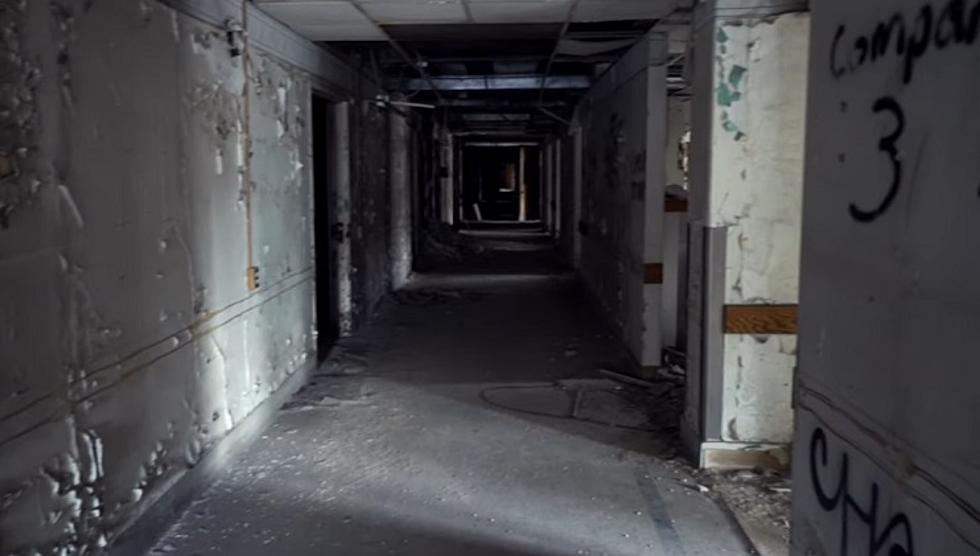
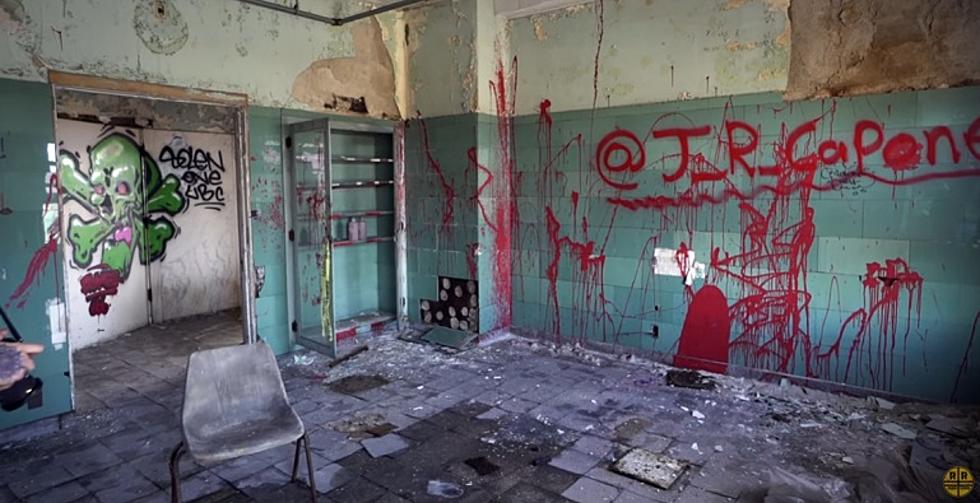



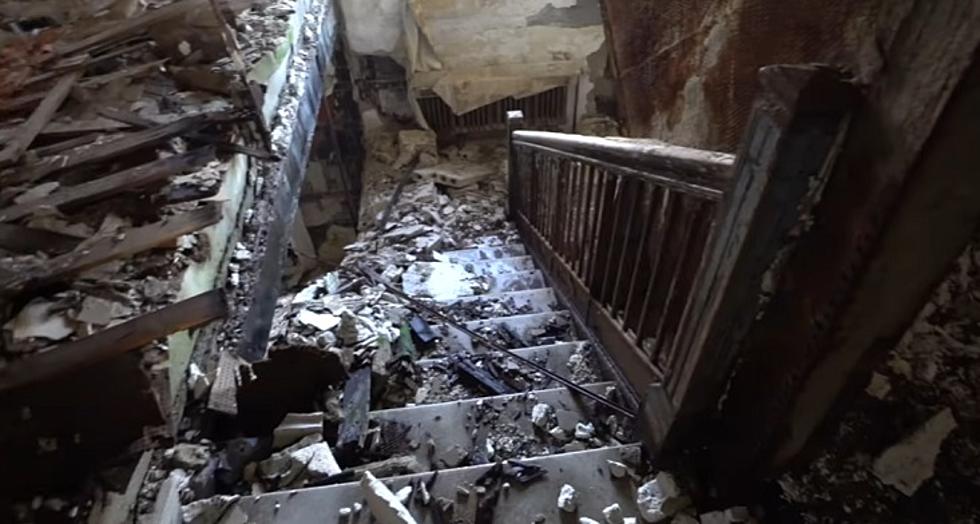




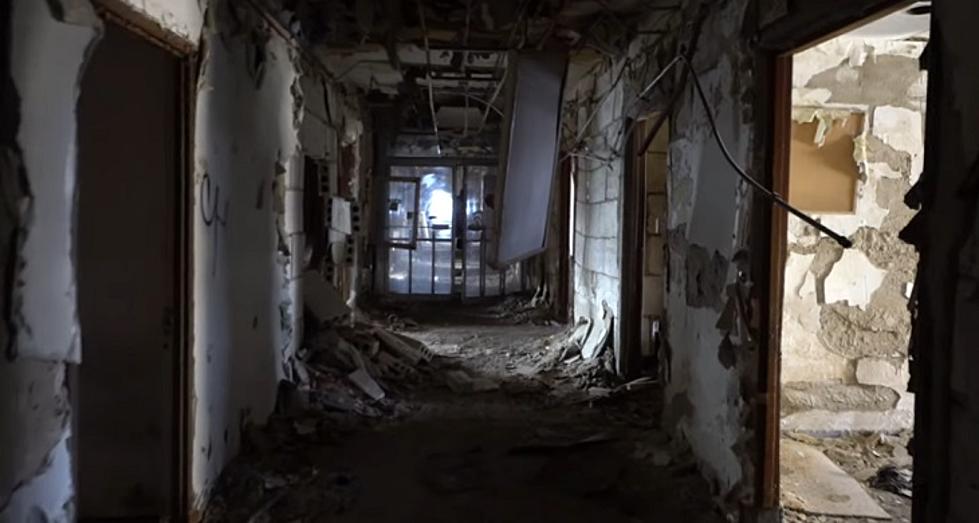






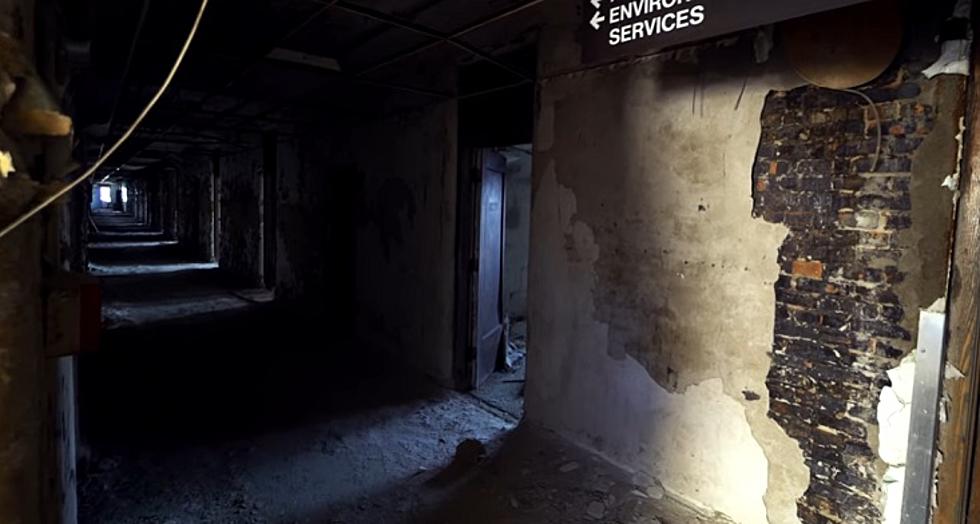



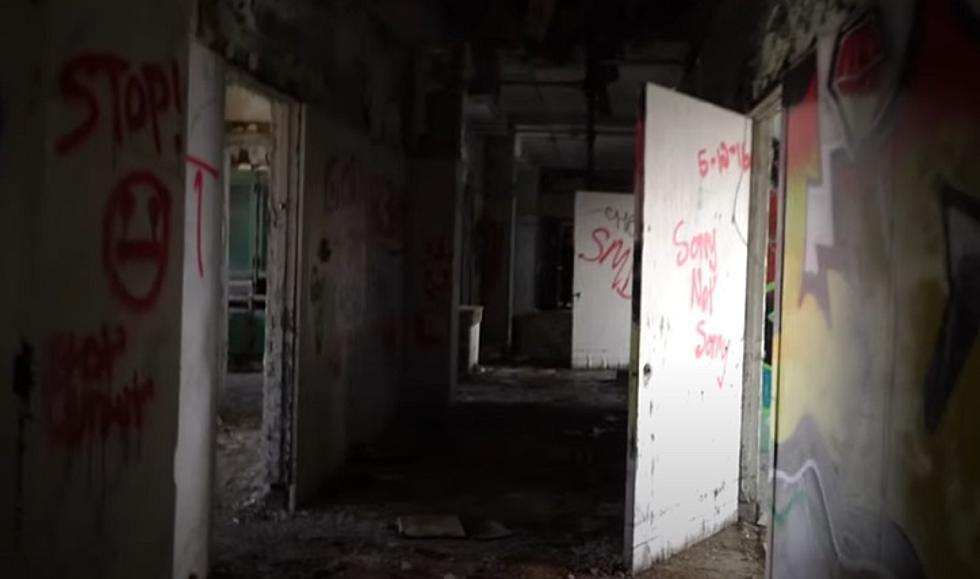


So sad !